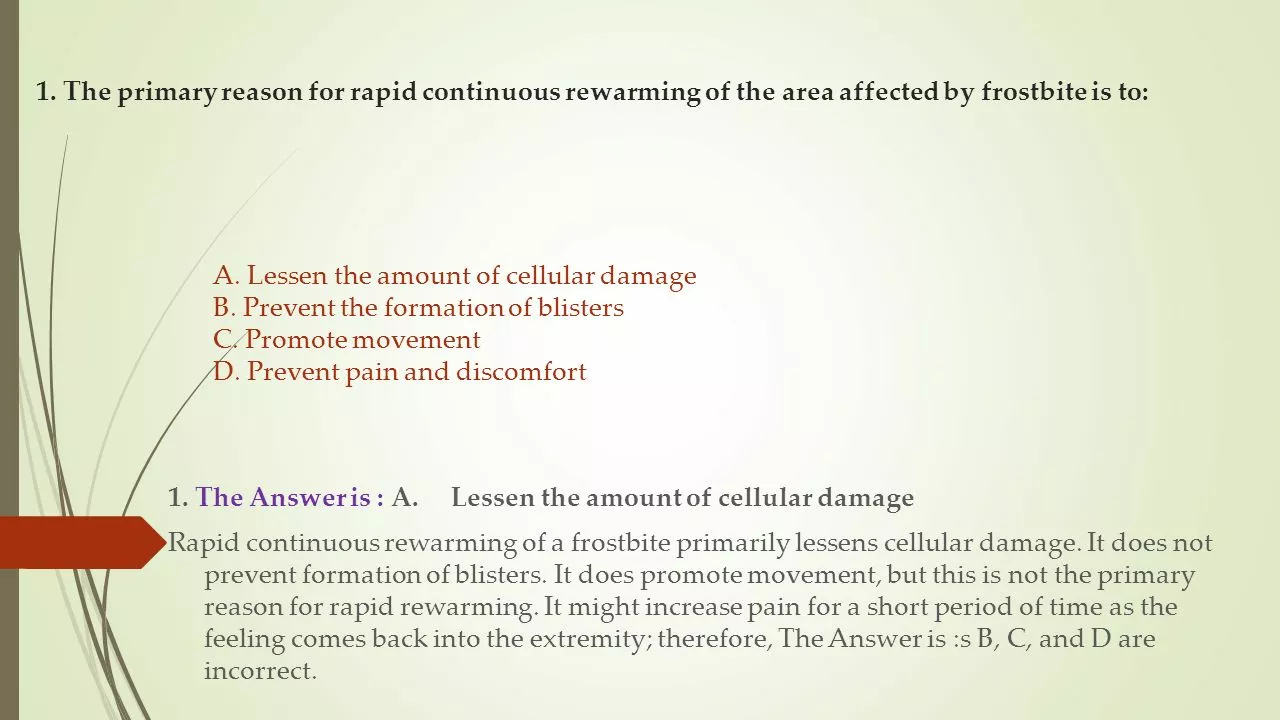As a blogger, I recently researched Lurasidone Interactions and found essential information that everyone should be aware of. Lurasidone is an antipsychotic medication used to treat schizophrenia and bipolar disorder. However, it can interact with other medications, affecting its effectiveness or causing side effects. It's crucial to inform your healthcare provider about all the medications you're taking, including prescriptions, over-the-counter drugs, and supplements. Lastly, avoid alcohol and grapefruit juice as they can also negatively interact with Lurasidone, leading to unwanted complications.
Health awareness: how to spot fake pharmacies, safer meds, and reliable health info
Want to buy medication or read a health article without getting burned? You’re not alone. The web makes access easy, but it also opens the door to fake pharmacies, shady reviews, and bad medical advice. This page collects practical steps you can use right now to protect your health and your wallet.
How to spot a fake online pharmacy
Check for a real prescription requirement. If a site sells antibiotics, antipsychotics, or controlled drugs without asking for a prescription, that’s a red flag. Look for a physical address and a phone number — call them. Legit pharmacies usually have a licensed pharmacist listed and clear contact details.
Inspect the checkout. Secure sites use HTTPS and show payment security badges. Wildly low prices or buy-anything-without-question deals often mean counterfeit or expired meds. Also, read shipping details: long vague timelines or only international shipping can be risky for prescription drugs.
Read independent reviews, not just the ones on the seller’s site. Search the domain name plus words like “scam,” “review,” or “complaint.” Trusted pharmacy verification services and national pharmacy boards can confirm legitimacy — for example, a verified Canadian or US pharmacy will show official seals you can click to verify.
Smart steps before buying meds or supplements
Ask your prescriber first. Tell your doctor or pharmacist the product name and where you found it online. For meds like Toradol, Olanzapine, or Fexofenadine, your clinician can advise if an online option is safe and legal.
For supplements — resveratrol, Coriolus, Mentzelia, cinchona, or newer products like Squawvine — don’t assume “natural” means safe. Check for clinical evidence and watch for interactions with prescription drugs. If a supplement claims to cure many unrelated diseases, treat that claim as suspicious.
Evaluate health articles like you would a medicine label. Who wrote it? Are sources cited? Is the info dated? Good pieces link to studies, explain limits, and avoid dramatic promises. Use government sites (.gov), medical centers (.edu), and established clinical portals for cross-checks.
If something seems off — odd packaging, impossible prices, or aggressive marketing — stop and double-check. Report suspicious pharmacies to your national regulator. For urgent safety alerts (like changes in Motilium/domperidone guidance), follow official health agency notices rather than social posts.
Final quick checklist: does the site ask for a valid prescription? Can you contact a pharmacist? Are prices realistic? Are health claims backed by sources? If you can answer those clearly, you’re already making smarter choices online.
Explore our tag posts for deep dives on buying specific drugs, checking online health info, and smart supplement use. Use the tips here every time you shop or research — it takes a minute and can prevent big problems later.

